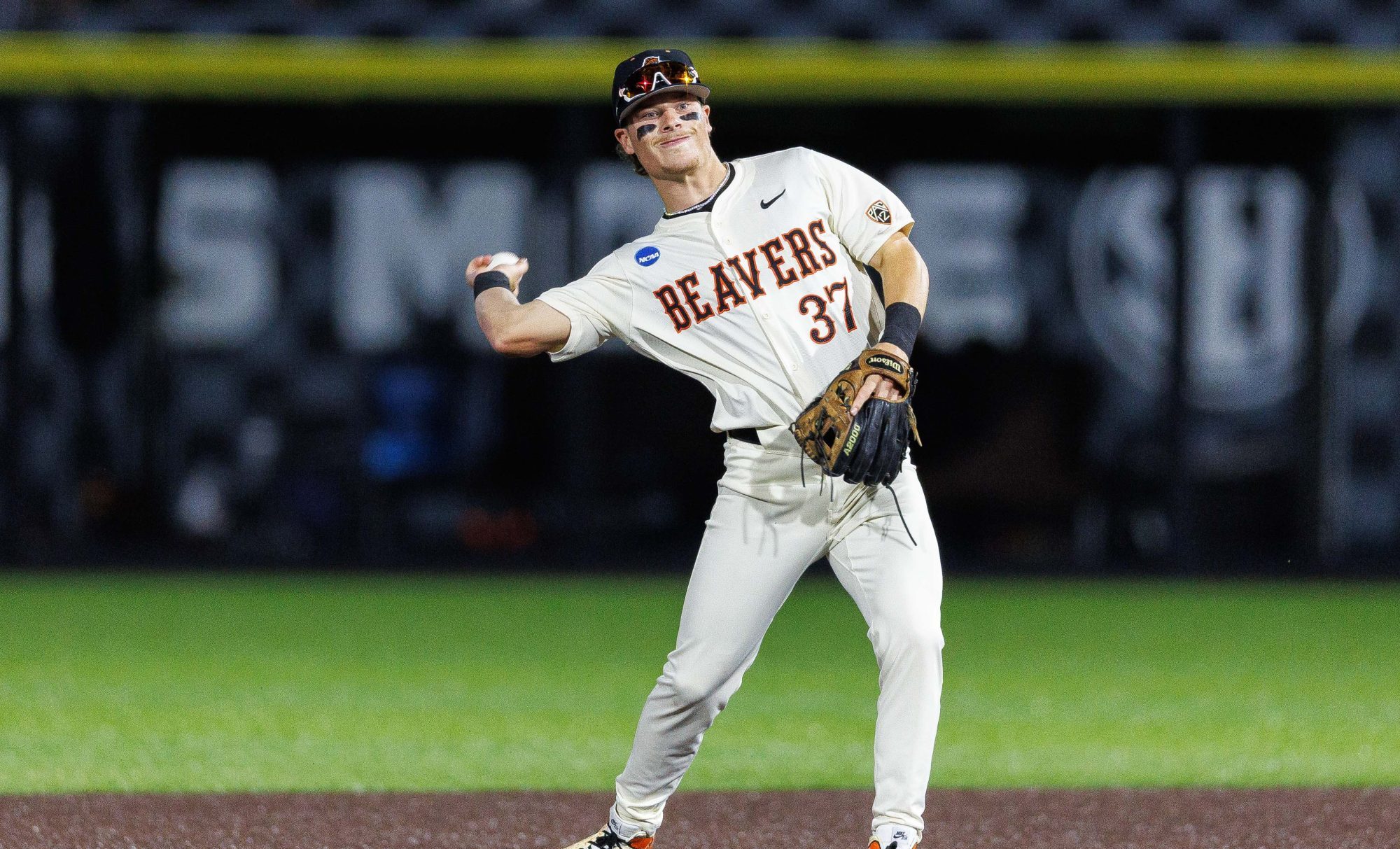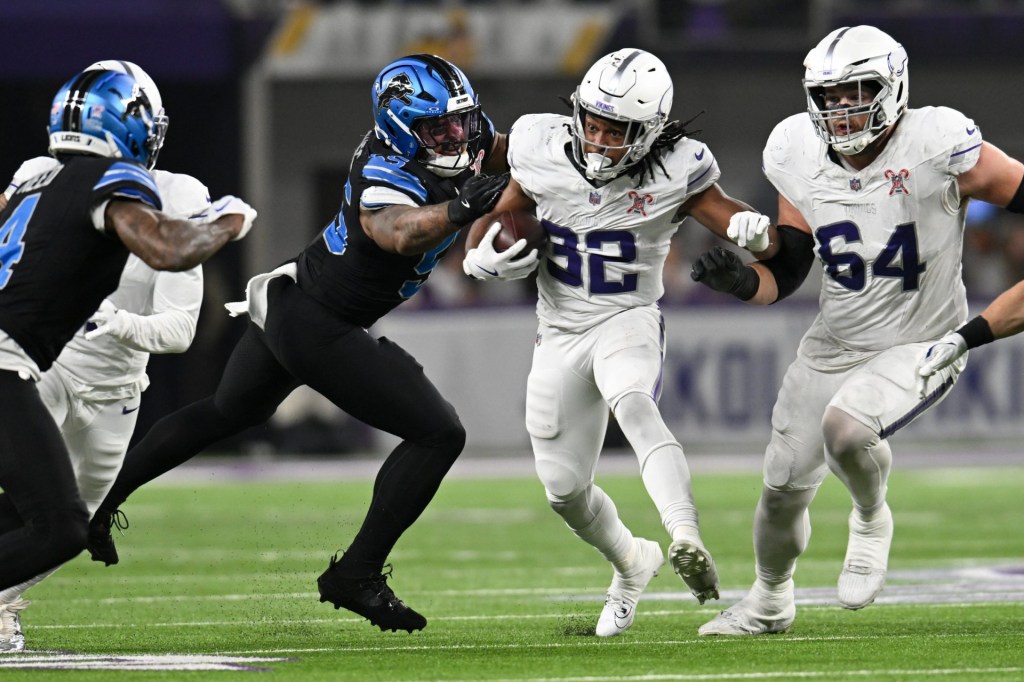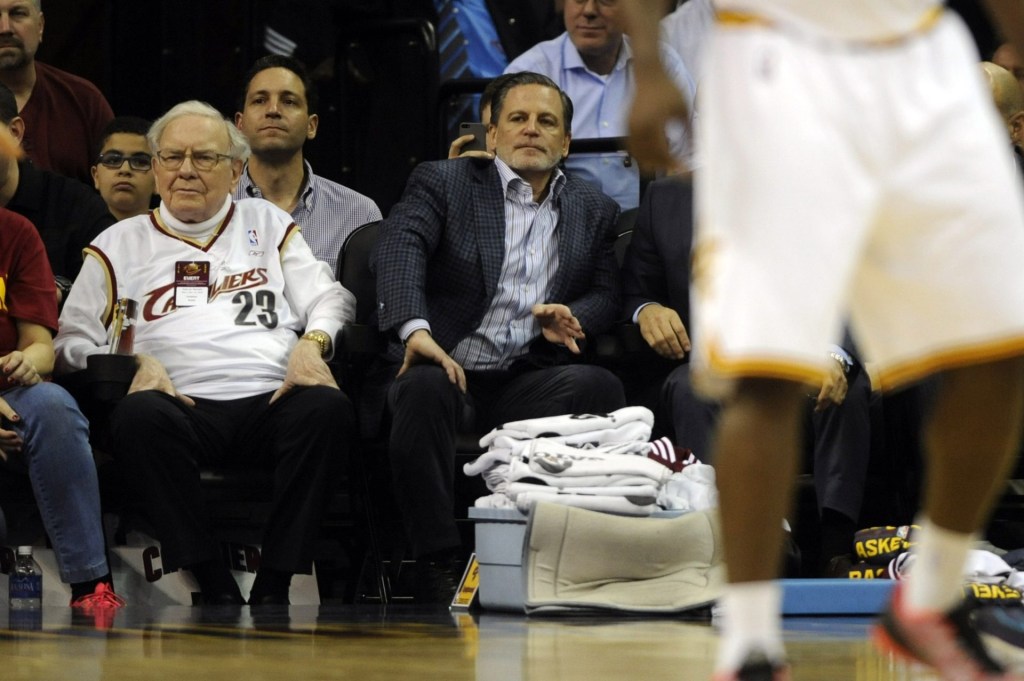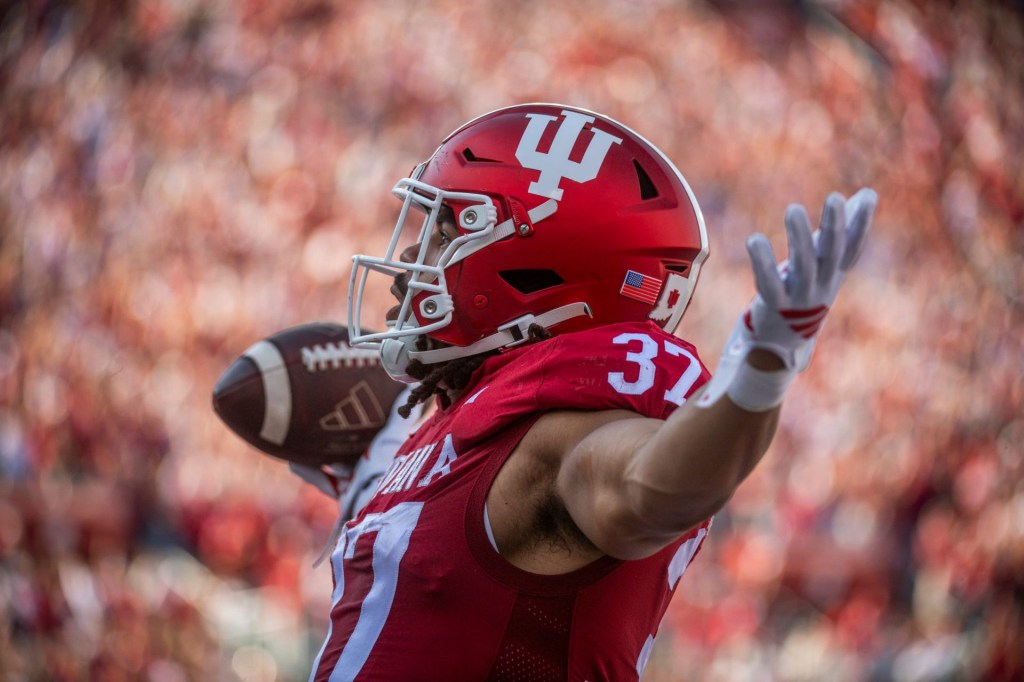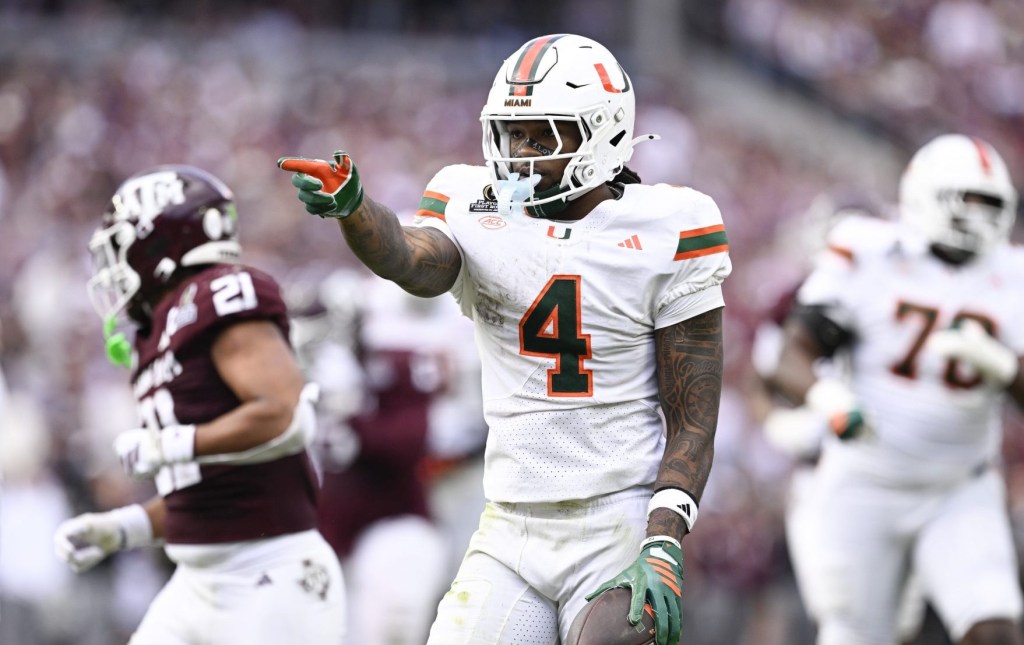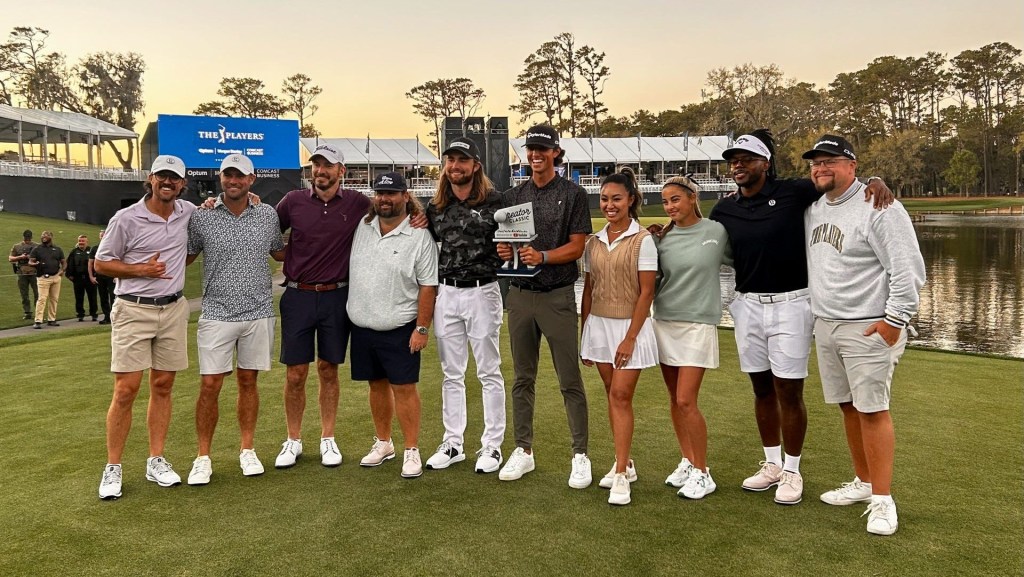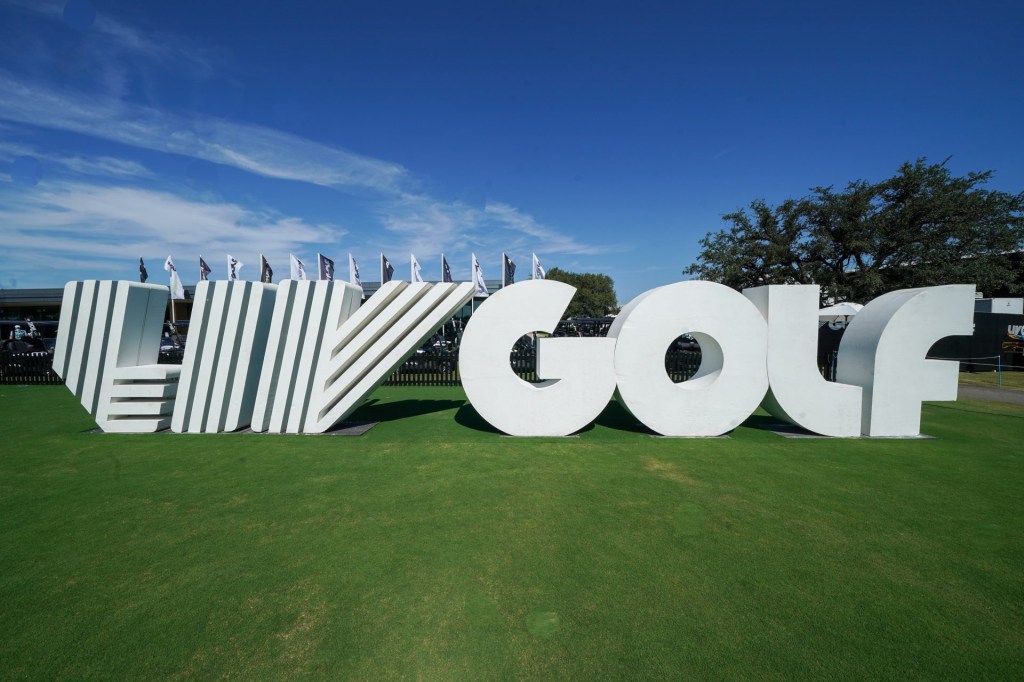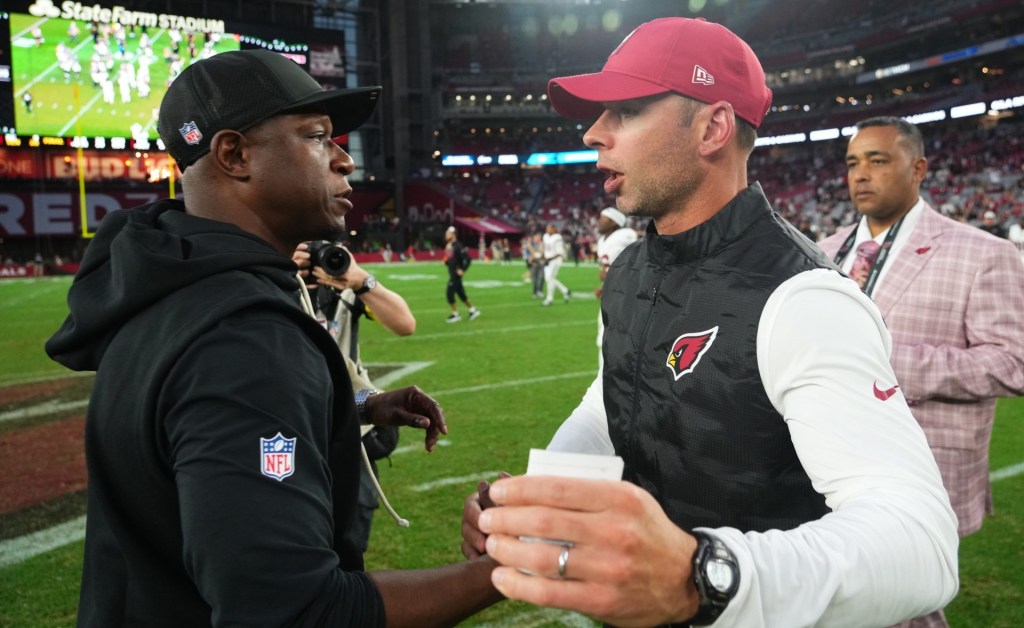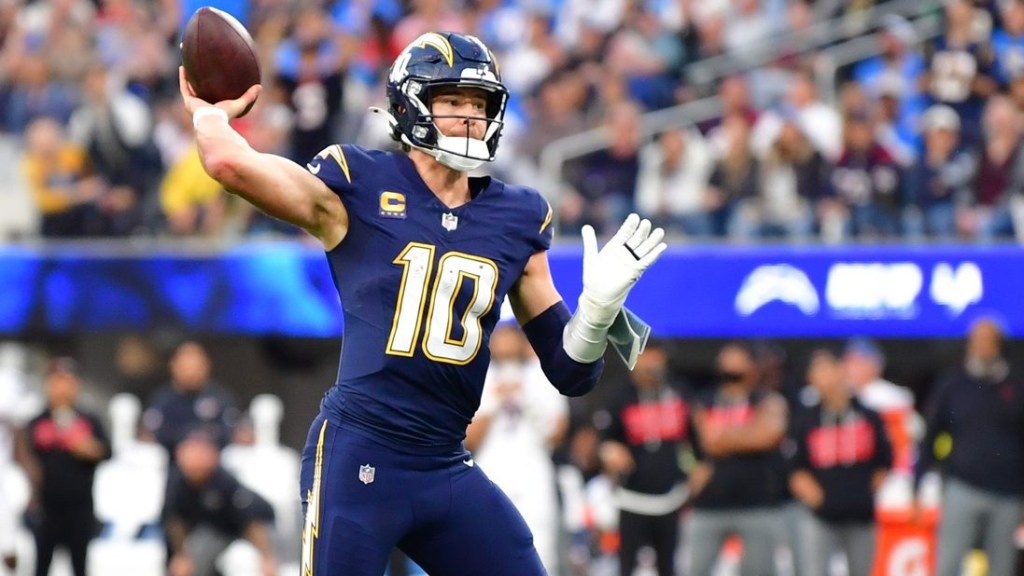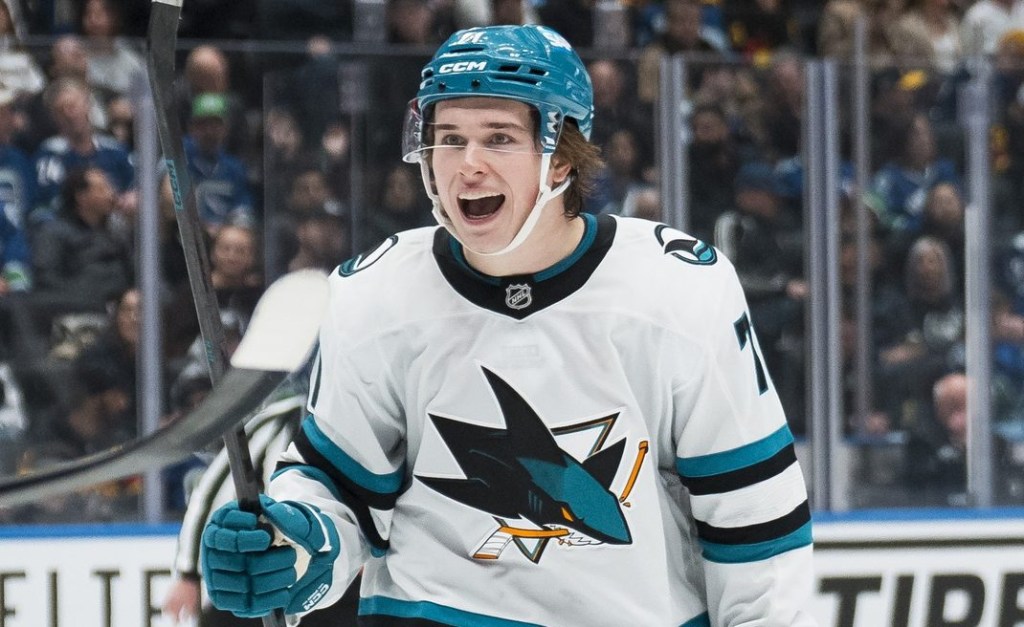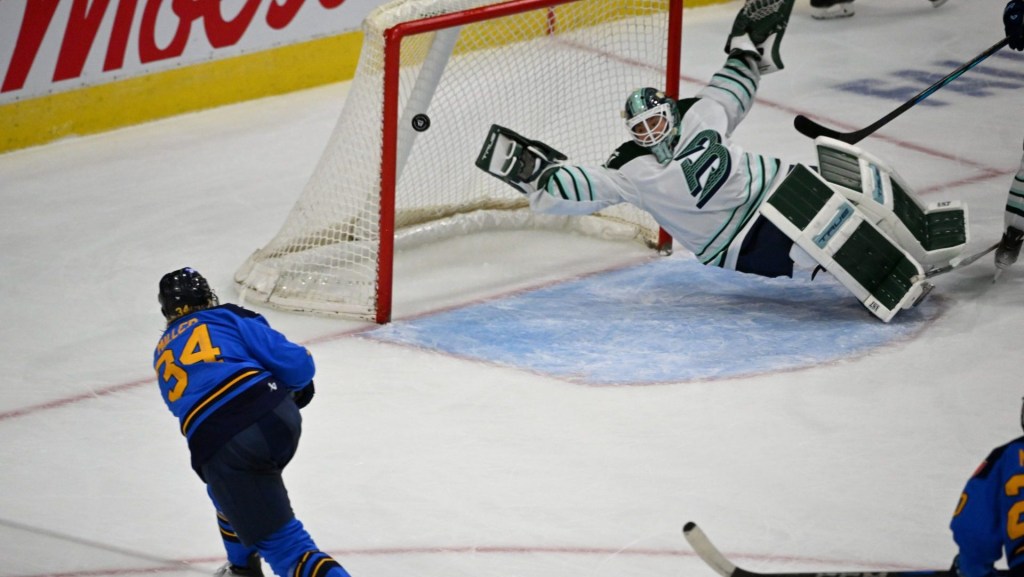ARLINGTON, Texas—The Guardians are hardly in the midst of an on-field rebuild, currently enjoying a 4.5-game lead in the AL Central division and poised to make their sixth postseason appearance since 2016. But now having selected Travis Bazzana (above) with the first pick of the MLB Draft—held Sunday night in Fort Worth, Texas—the spotlight will be on Cleveland to make the Oregon State second baseman a star, and quick.
The meteoric rise of Pirates rookie phenom Paul Skenes—last year’s top draft pick, who in just two months has been called up to the majors, dominated the league, and been named as the National League’s starting pitcher in Tuesday’s All-Star Game—is helping change how baseball approaches marketing its young talent. But if MLB gets its way, Skenes will be far from alone.
Traditionally, baseball has struggled in showcasing its prospects compared to football and basketball. Despite rapid growth in recent years, college baseball remains well behind college football and basketball in terms of television audiences, revenue, and overall prominence. The apprenticeship that most MLB draft picks must make in the minor leagues, often for multiple years, further curtails fans’ ability to latch on to prospects.
The boom-bust history of the MLB draft—with Hall of Famers Harold Baines, Ken Griffey Jr., Chipper Jones, and 2024 inductee Joe Mauer joining flops like Bryan Bullington, Matt Bush, Steve Chilcott, and Brien Taylor in the history of No. 1 picks—adds to the uncertainty around the event.
Beyond the current frenzy around Skenes, though, MLB believes it is making additional headway in addressing the age-old problem of showcasing its young talent. Among the current efforts:
- A continued escalation in the production value and programming emphasis on the draft: For 12 years, the MLB draft was held at MLB Network studios in Secaucus, N.J., and it competed against a full slate of regular-season games. But Sunday night’s event, held at the Cowtown Coliseum in Fort Worth, marked the fourth year that the draft was combined with the All-Star Game events, and all of the MLB games for the day preceded the primetime slot on ESPN.
- Greater attention on the Futures Game: A staple of MLB All-Star Game weekends since 1999, this event involving top minor-league prospects now has more reputability, as 25 players from last year’s game have since appeared in the majors, and 18 Futures Game alumni are first-time big-league All-Stars this year.
- Tighter coordination with the affiliated minor leagues: Prior to the 2021 season, MLB implemented a takeover of Minor League Baseball, and now runs the entity’s business operations out of league headquarters in New York. A key priority for the overhaul, particularly at the outset, was to elevate facility conditions for prospects. But the move has since begun to yield off-field benefits as well.
- More content: MLB has steadily increased its editorial emphasis on the minor leagues and key prospects on MLB Network and MLB.com, and now includes MiLB game broadcasts on subscriptions for both MLB.TV and the At Bat mobile app.
“The strategy of trying to make the draft more prominent, moving it to the All-Star Game, taking more control in Minor League Baseball, integrating it more fully with our business. … is starting to pay benefits in terms of the marketing of our players,” said MLB commissioner Rob Manfred.
There’s an element of luck and timing, too. This year’s event has several dozen players among the draft-eligible group that are sons or brothers of current or former MLB stars and executives, including the children of Adrian Beltre, Yankees GM Brian Cashman, Mark McGwire, Manny Ramirez, and Gary Sheffield.
The uphill climb, however, remains. Despite the hype around Skenes last year, viewership for the first round of the MLB draft on ESPN and MLB Network fell by 5% to an average of 744,000, well below comparable marks for the NBA, NFL, and even the WNBA, and setting up a further test for the channels this year.
A Changing Draft
One look at MLB’s setup at the Cowtown Coliseum in Fort Worth further emphasized just how much the event has changed since it left the MLB Network studios in 2021. The layout at the 116-year-old, 3,418-seat venue—normally a regular site for rodeos as well as concerts and local sports—included a full and lively crowd and a stage heavily decorated with western and stockyard motifs to lean heavily into the local culture and give the event a heightened sense of place.
All of that was a marked difference from the simple podium and a cramped set of tables for individual teams that the league previously set up in Secaucus.
“Every year, we try to find a location for the draft in that [All-Star Game] city that really adds something, and the Cowtown Coliseum is a particularly unique one,” Morgan Sword, MLB executive vice president of baseball operations, tells Front Office Sports. “And as the pathway to the big leagues is now getting quicker and quicker, we think some of the names picked here tonight are going to be household names very soon.”
Takeover Effects
MLB’s overhaul of the minor leagues, first implemented three years ago, was highly controversial. Turning away from more than a century of doing business largely the same way, the move led to the dissolution of the separate National Association of Professional Baseball Leagues and created a new structure in which minor league clubs became license holders of MLB parent teams. The shift cut the number of MiLB clubs from 160 to 120, was paired with a sharp upgrade in MLB facility requirements, and generated lawsuits and Congressional inquiries.
That takeover has since been followed by a unionization of minor league players, as well as an aggressive march by Diamond Baseball Holdings, which now owns 35 affiliated franchises, more than a quarter of all of MiLB, with plans for more growth. The company most recently acquired the White Sox’s top farm club, Charlotte, in a deal estimated around $100 million.
But with the dust now settling from that large-scale reorganization, Manfred said he sees clear, across-the-board benefits.
“If you just look at [Orioles prospect and 2022 No. 1 pick] Jackson Holliday, Paul Skenes, the attention that’s been paid to these [major league] debuts has been driven in part by greater familiarity with the players that people are gaining by having more access to what’s going on in the minor leagues,” he said. “Over the long haul, in terms of players developing their individual brands, it’s a real improvement.”
Eyes on Cleveland
The Guardians won the top pick in last December’s draft lottery, prevailing when they had just a 2% chance of doing so, and coming on the heels of a 76-86 season that was something of an aberration from recent team history. But in keeping with the building trends around the game, Bazzana could be in Cleveland rather quickly.
The 21-year-old Australian, the first born in that country to go in the first round of the MLB draft, will be eligible for a $10.57 million signing bonus as part of the draft’s slotting system. But unlike hard-slot systems for draftees in other leagues, the Guardians could slightly exceed that figure, or go below it and use some remaining draft pool money for other picks as MLB’s system offers more flexibility in allocating funds.
The selection of Bazzana was part of nine total draft picks of college players among the top 10, up sharply from a comparable six last year and five in 2022.
“What we’re seeing is also evidence of the rising quality of college baseball,” Sword said. “More players are coming out of there ready to make the jump [to MLB] sooner.”
